News
-

What causes ceramic capacitors to age
Ceramic capacitors, like all electronic devices, undergo aging during use, gradually losing effectiveness and reliability due to various factors. This natural process is common because electronic devices inherently have a limited lifespan. Ignoring this can lead to malfunctions and even fi...Read more -
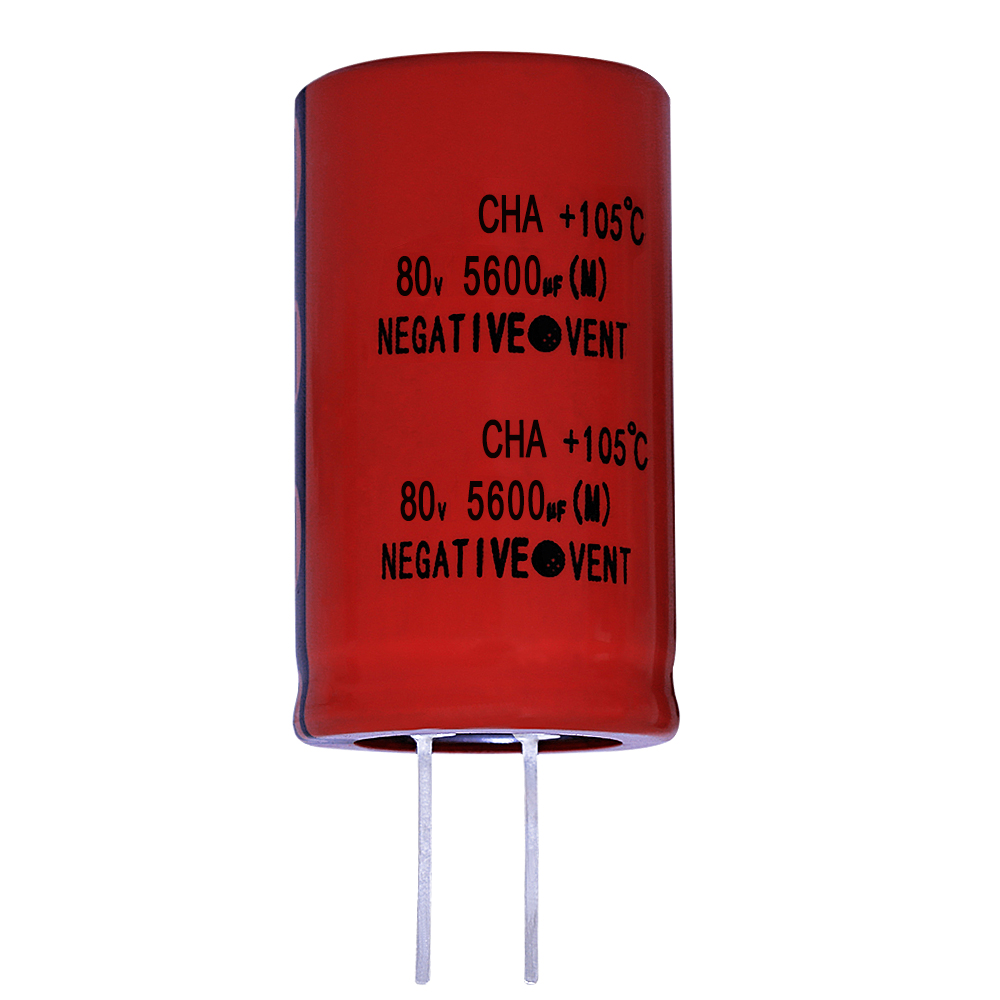
An Overview of Electrolytic Capacitors and Its Applications
Electrolytic capacitors have long been integral to electronic development, offering a range of capabilities. Despite numerous manufacturers in the market, only a select few provide comprehensive technology and value offerings under one roof. These capacitors, typically polarized electroche...Read more -
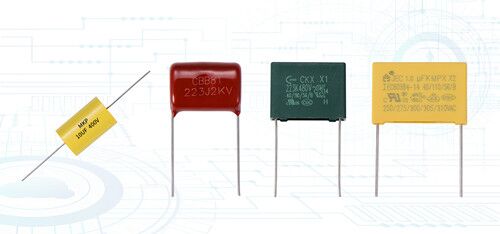
Why Do We Need Parallel Capacitors In Circuits
Principle of Capacitors in Parallel In a circuit, capacitors in parallel effectively increase the total area of capacitance, thereby enhancing the capacity to store electrical energy. When the circuit stabilizes, due to the continuity of current, the charge on capacitors continuously changes unti...Read more -
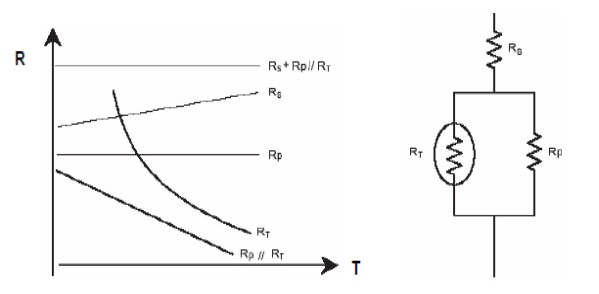
Principle of Operation of Compensating NTC Thermistors
NTC thermistors refer to thermistors with a negative temperature coefficient, which means their resistance decreases as temperature rises. They are primarily made from metal oxides such as manganese, cobalt, nickel, iron, copper, and aluminum, manufactured using ceramic processes. In various AC...Read more -

What is reactive power compensation with capacitors
Establishing voltage across a capacitor first requires a charging process. As the charging progresses, the voltage across the capacitor gradually increases. This means that there is initially a current and then the voltage is established. This process is typically referred to as current leading v...Read more -
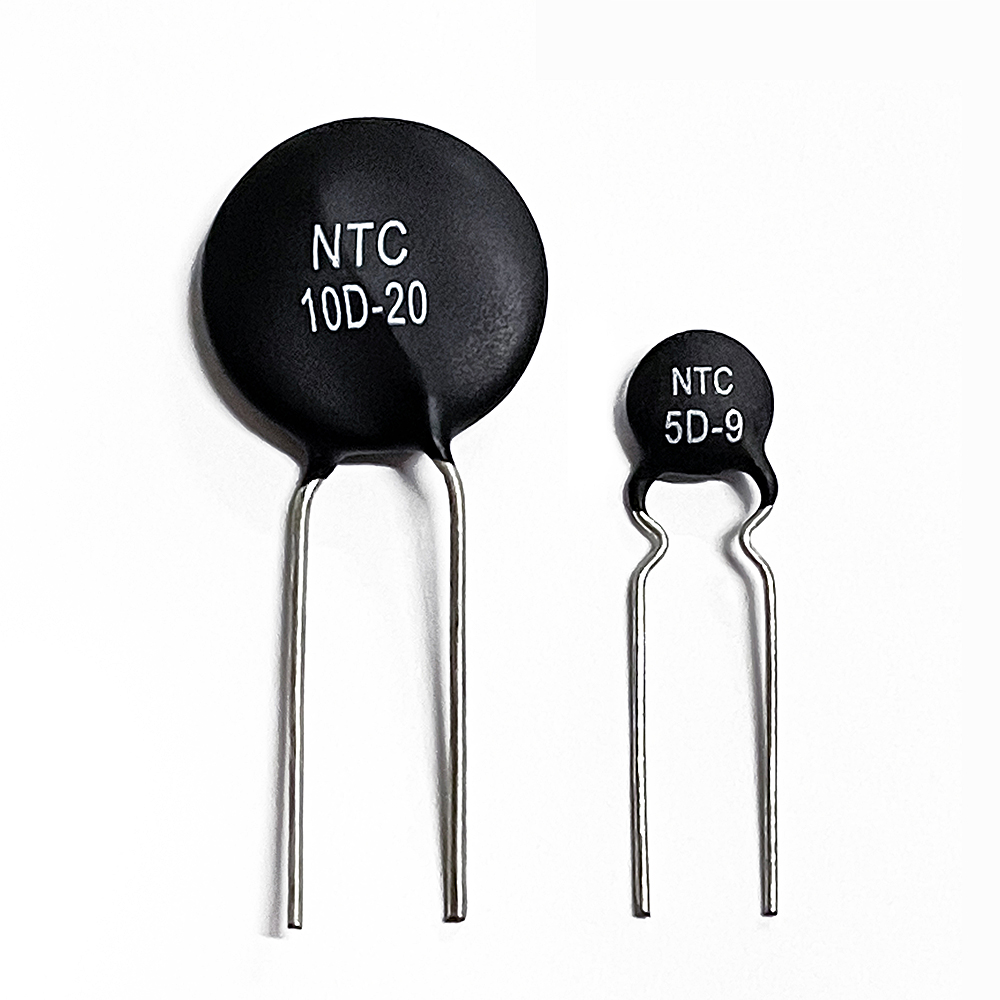
Reasons for Failure and Handling Methods of Thermistors
Thermistors, as semiconductor resistors sensitive to temperature changes, play an important role in various fields such as electronic products, medical equipment, and industrial control, as their resistance varies with temperature. However, with the passage of time and the influence of external...Read more -

Insignificant Electronic Component: MLCC
The MLCC, short for Multilayer Ceramic Capacitor, is a type of capacitor made using ceramic material as the dielectric, manufactured through multilayer stacking technology. Due to its small size, large capacitance, high voltage resistance, and excellent frequency characteristics, MLCCs are...Read more -
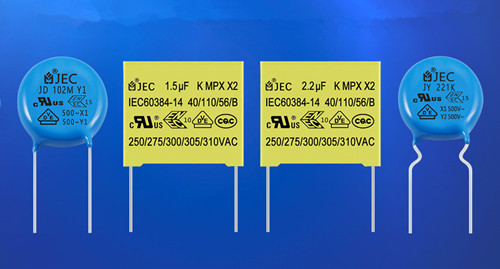
How to Avoiding Counterfeit Safety Capacitors?
In electronic devices, capacitors are indispensable components, and the stability and reliability of their performance directly affect the operation of the entire device. However, there are many counterfeit capacitors on the market, known as “three no” capacitors, which lack product...Read more -
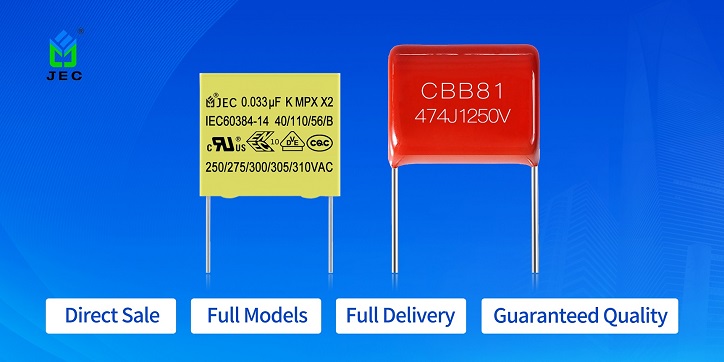
Differences Between Wound and Stacked Film Capacitors
As an important electronic component, film capacitors play an indispensable role in the electronics industry. Based on different structures, film capacitors can be divided into two main types: wound and stacked. So what are the differences between them? Structural Differences Wound film capacit...Read more -

Understanding the Operations of Film Capacitors
Film capacitors are ubiquitous in the electronics market, serving as a fundamental component in various devices. Exploring their operational principles and functionalities provides valuable insights into their utility. Operational Principles of Film Capacitors: At their core, film capacitors op...Read more -

Differences Between Varistors And TVS Diodes
In electronic components, both varistors (VDRs) and transient voltage suppressor (TVS) diodes are common overvoltage protection devices. They each have unique characteristics and applications. However, for beginners, it can be confusing to differentiate between VDRs and TVS. A varistor is a r...Read more -

Application of Supercaps: EVs and Industrial Equipment
As a novel energy storage device bridging the gap between capacitors and batteries, super capacitors possess both high power and high energy characteristics, showcasing their unique advantages in multiple fields such as rapid charging, high energy density, extended cycle life, among others. They ...Read more
